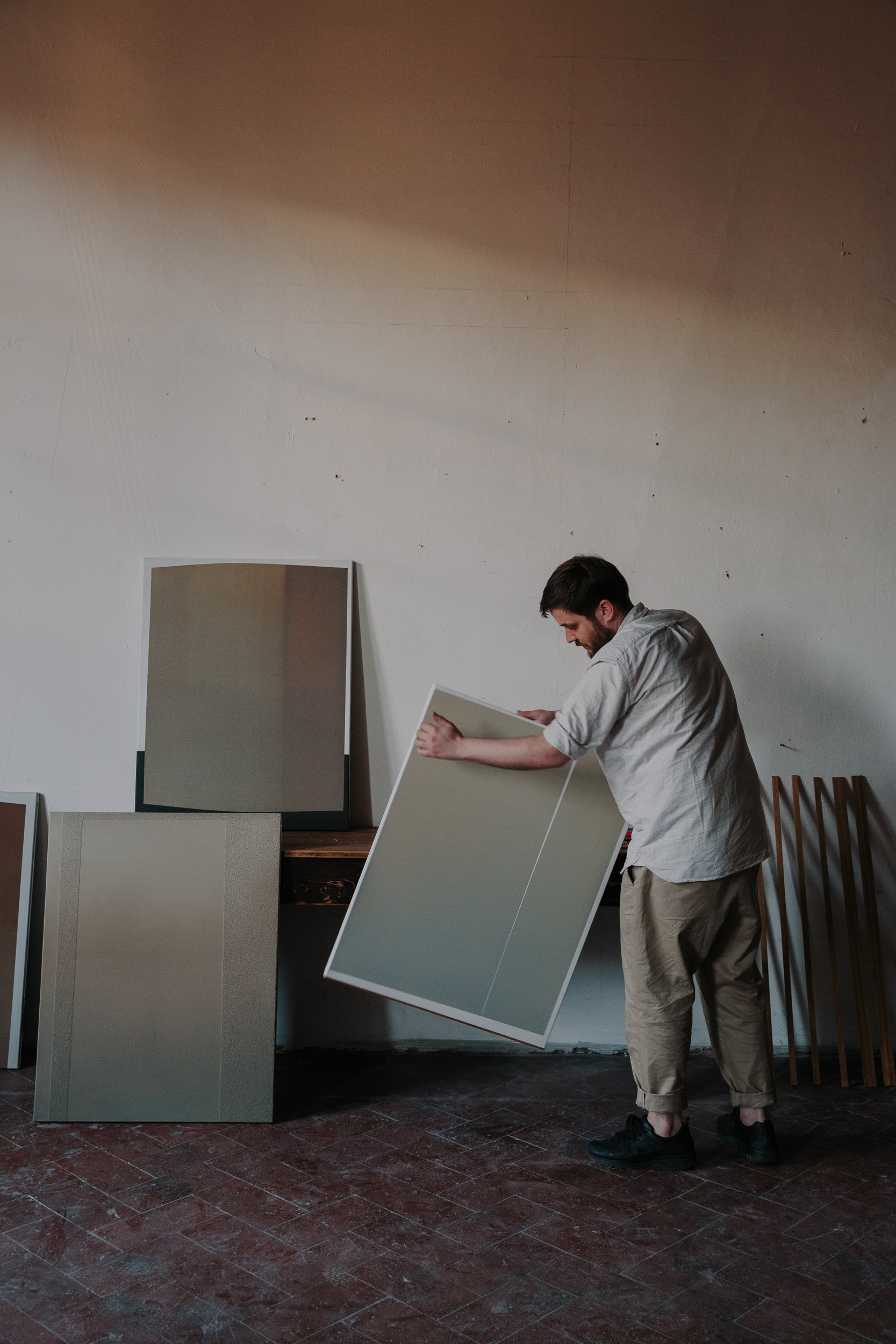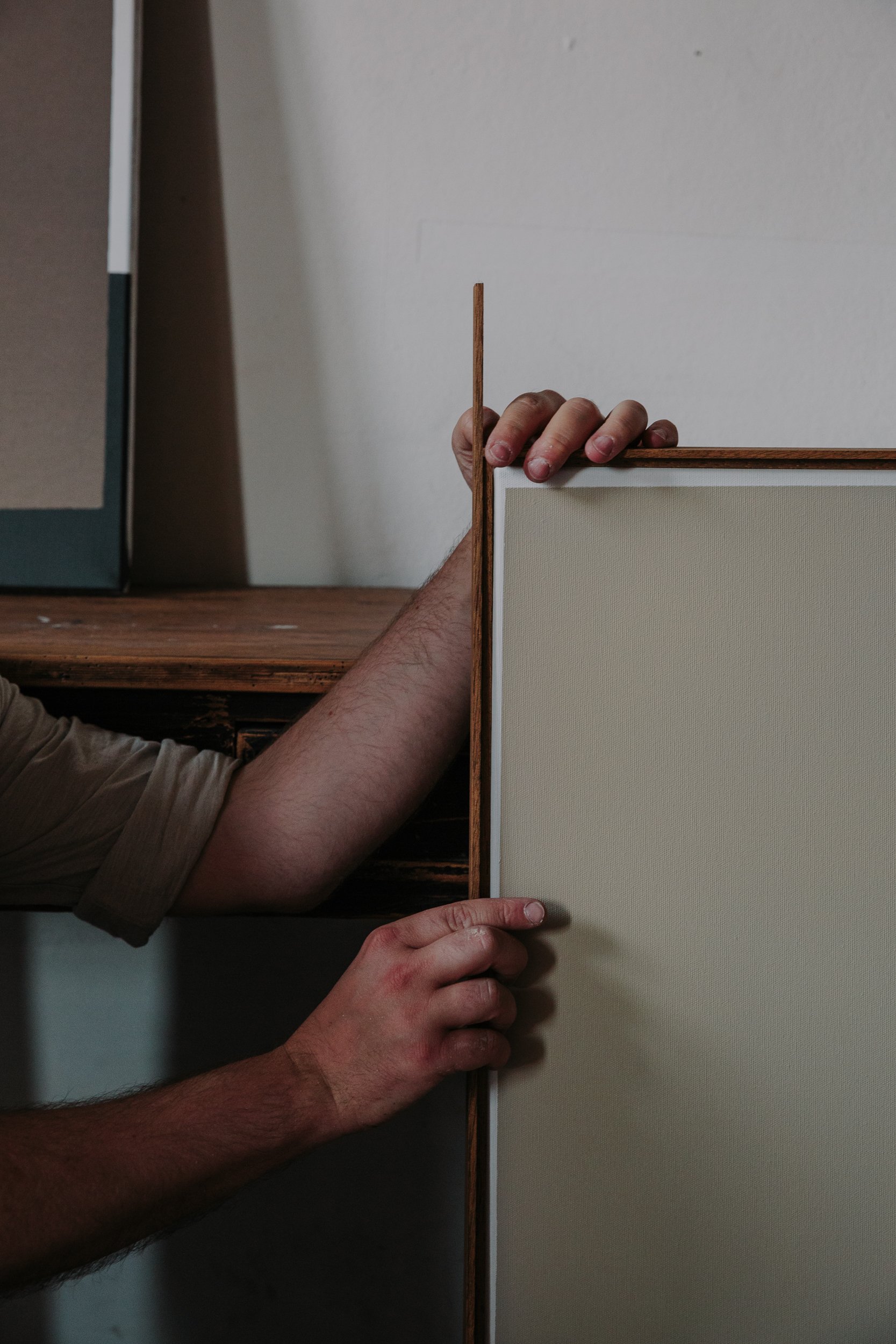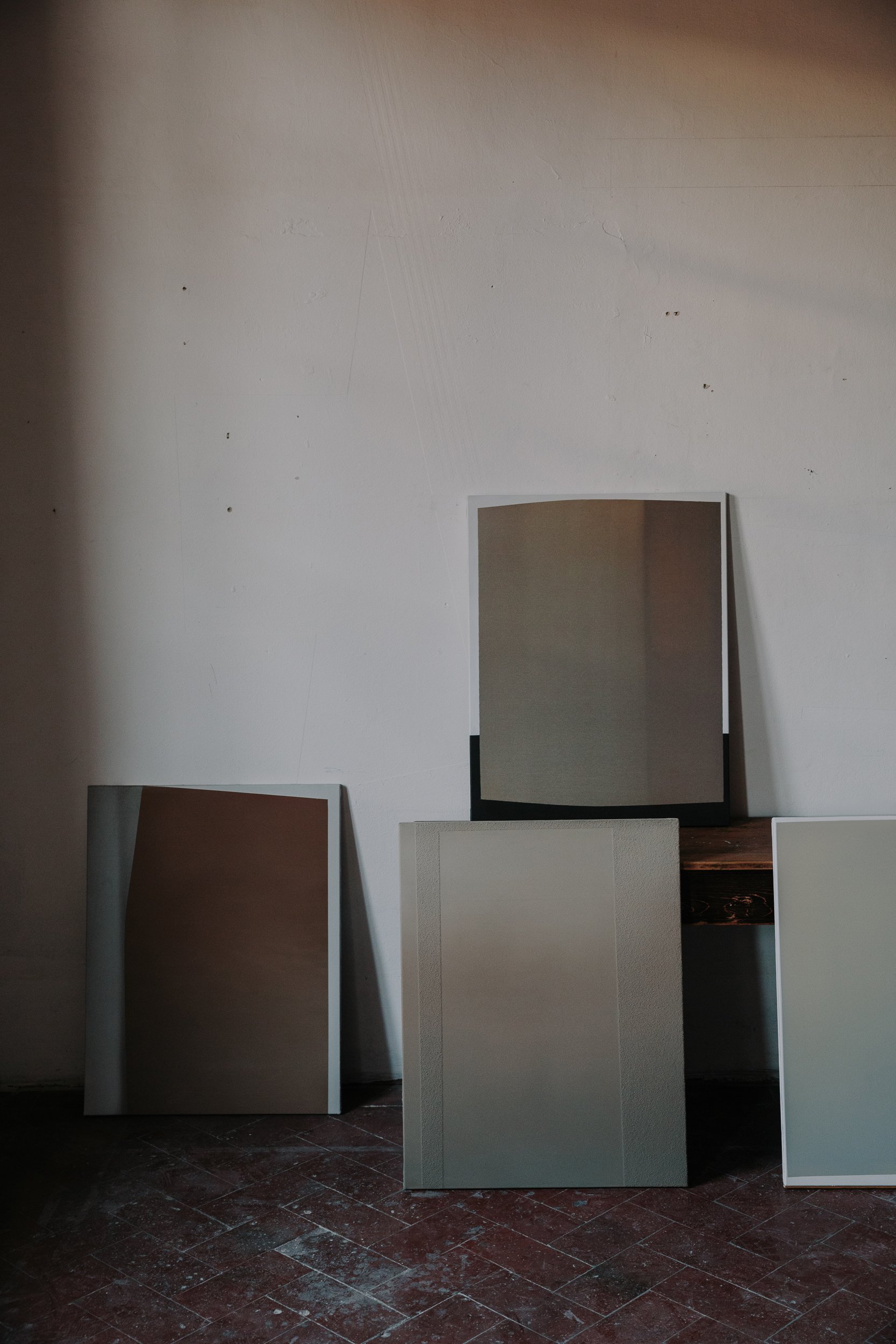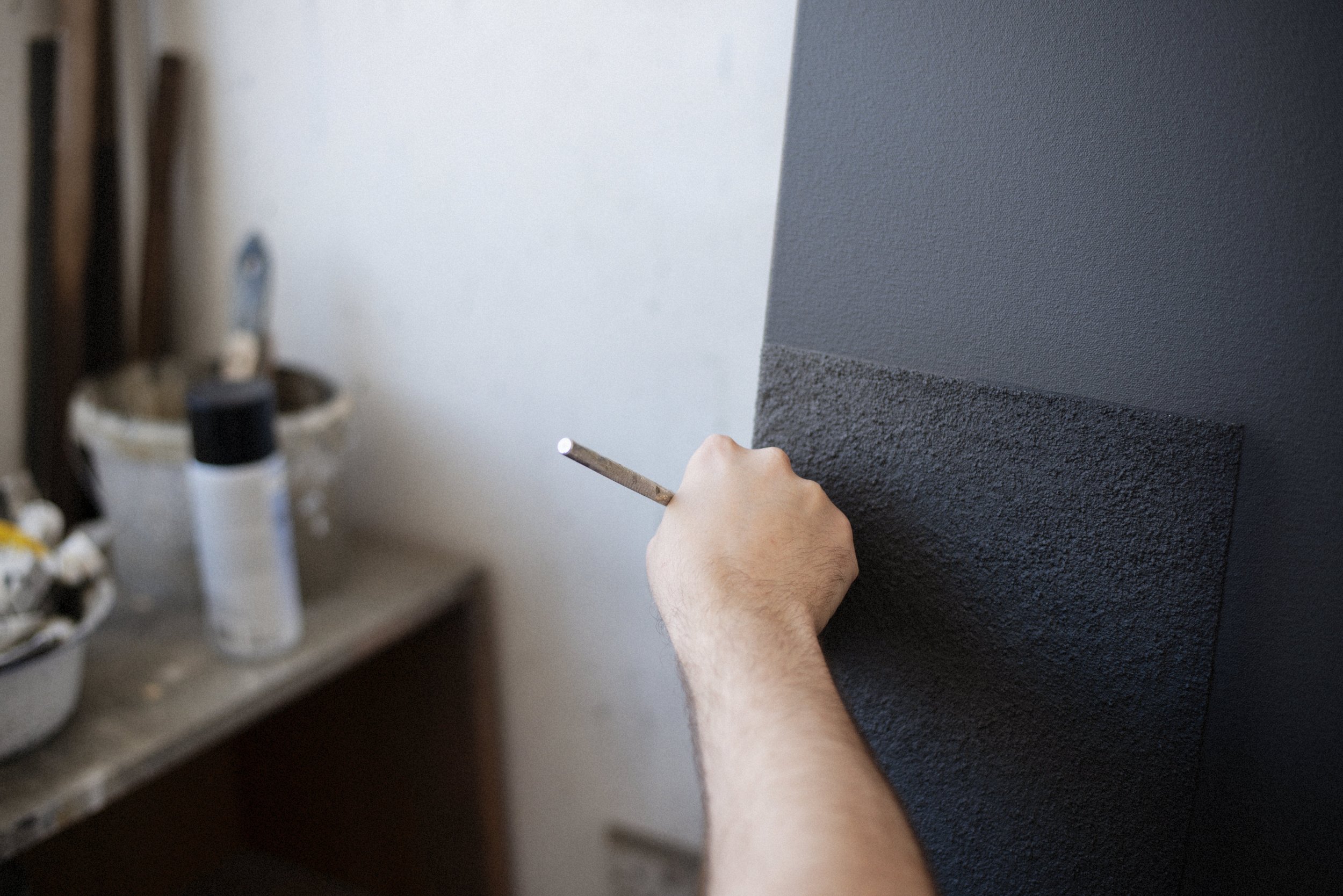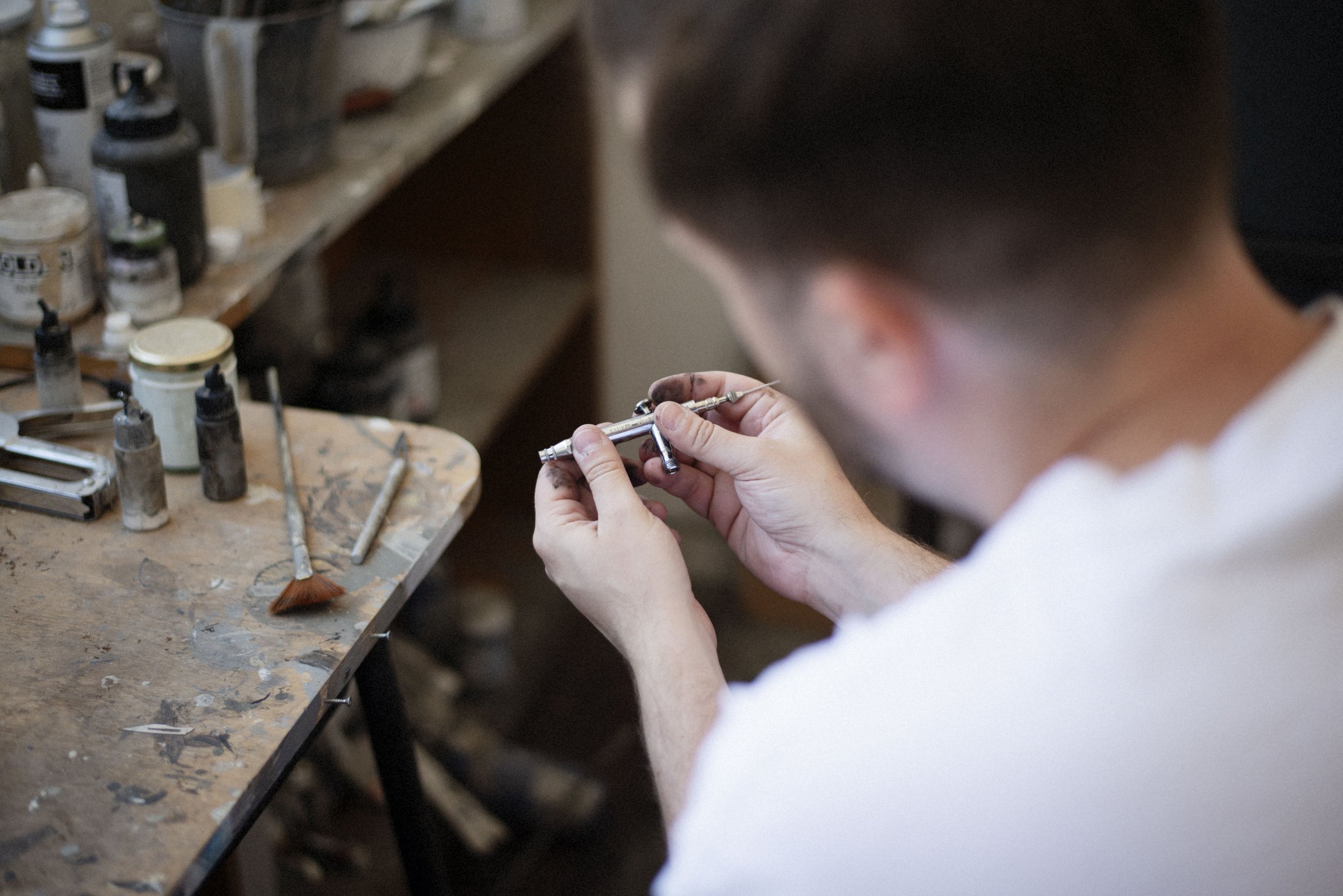Interview
Tycjan Knut
Tycjan Knut was born in 1985 in Warsaw, Poland, and graduated in 2011 from the Warsaw Academy of Fine Arts, after studying painting in the studio of Prof. Jarosław Modzelewski at the Jan Kochanowski University Institute of Fine Arts in Kielce.
Knut works in painting and drawing. He mostly creates subtle abstractions, which resonate with the echo of the geometric trend, but also express a desire to exceed that tradition, freed from the constraints of formula. Knut uses delicate tonal differences and subtle colours. His reductive images also have qualities of a multi-level composition, because they were established as a result of the rise and overlap of colours in time, in a way that resembles the organic world. Guided by intuition and imagination, he is known for digging through archives in search for long forgotten or unknown abstract ‘masters’, as his interest focuses on discovering the art from the 1960s. and 70s.
Tycjan lives and works in London, with his paintings in collections from Great Britain, USA, Switzerland, Dubai, Monaco, China, Poland, Italy, Japan, France, Germany and Mexico.
What is your background and how did you start your journey in the art world?
“I was born in Warsaw just a few years before Communism fell, so my upbringing was an interesting one. It was quite a difficult time, especially for artists. The old art system, cultural institutions, and structures collapsed, and due to a lack of funds the new ones had limited capabilities. After my PhD in fine arts, I moved to London where galleries and interior designers instantly found my works on social media. This allowed me to focus only on making art.”
What inspires you most?
“Mostly the unfinished story of central and eastern European art. I also feel inspired by the concept of soft geometry.”
What themes do you pursue? Is there an underlying message in your work?
“The focus of my work is the struggle to combine light, texture, and color into balanced compositions, in which none of the components dominate the others.”
How would you describe your work?
“For me personally, it is difficult to describe my works, so I tend not to do it. I love to talk about art, but I believe in people's ability to read my paintings by themselves.”
What artists influence you most?
“Władysław Strzemiński. He fascinates me, especially in his concept of pure art, in which the items on the canvas don’t create an impact for the viewer - rather the color, shape, and distribution of elements bring the effect.”
What is your creative process like?
“I spend large amounts of time in the studio; I find that working on multiple paintings at the same time suits me best. Recently, I developed a method where I just paint straight for 20-30 days with little to no breaks at all. My works might look like they are carefully planned out, but most of them are made after spontaneous decisions. During this lengthy creative process, there are different phases, with emotional highs and lows which help me to keep my works diverse.”
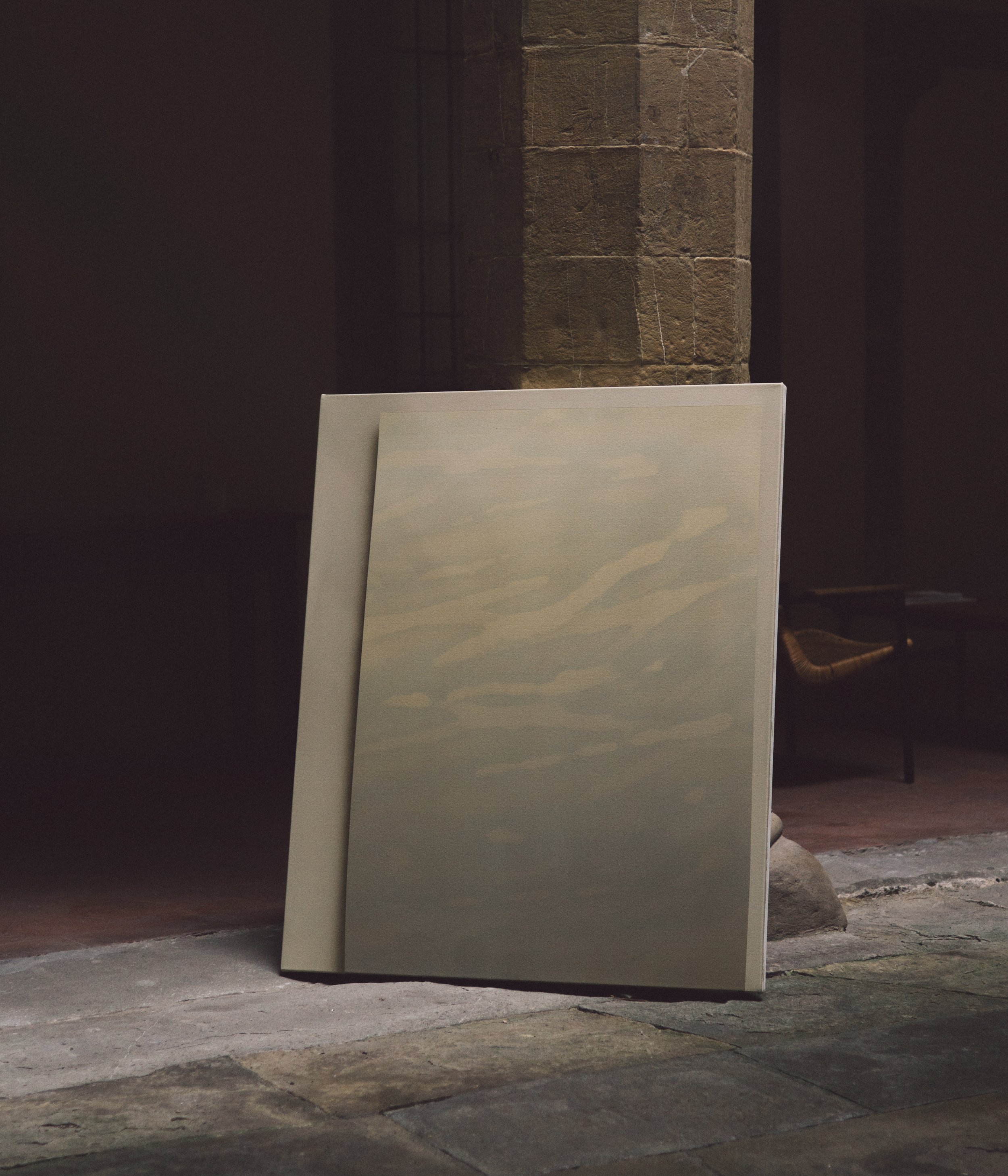
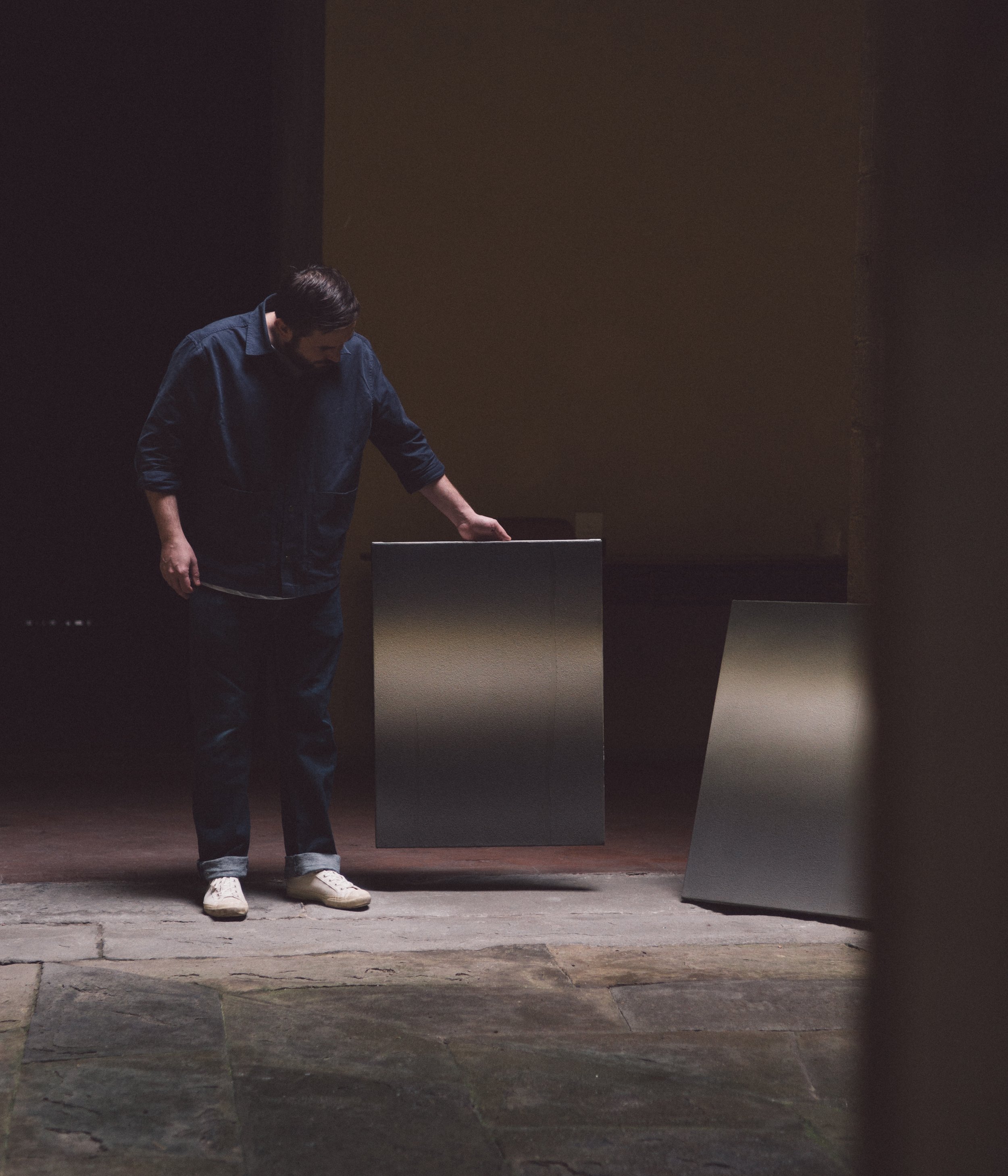
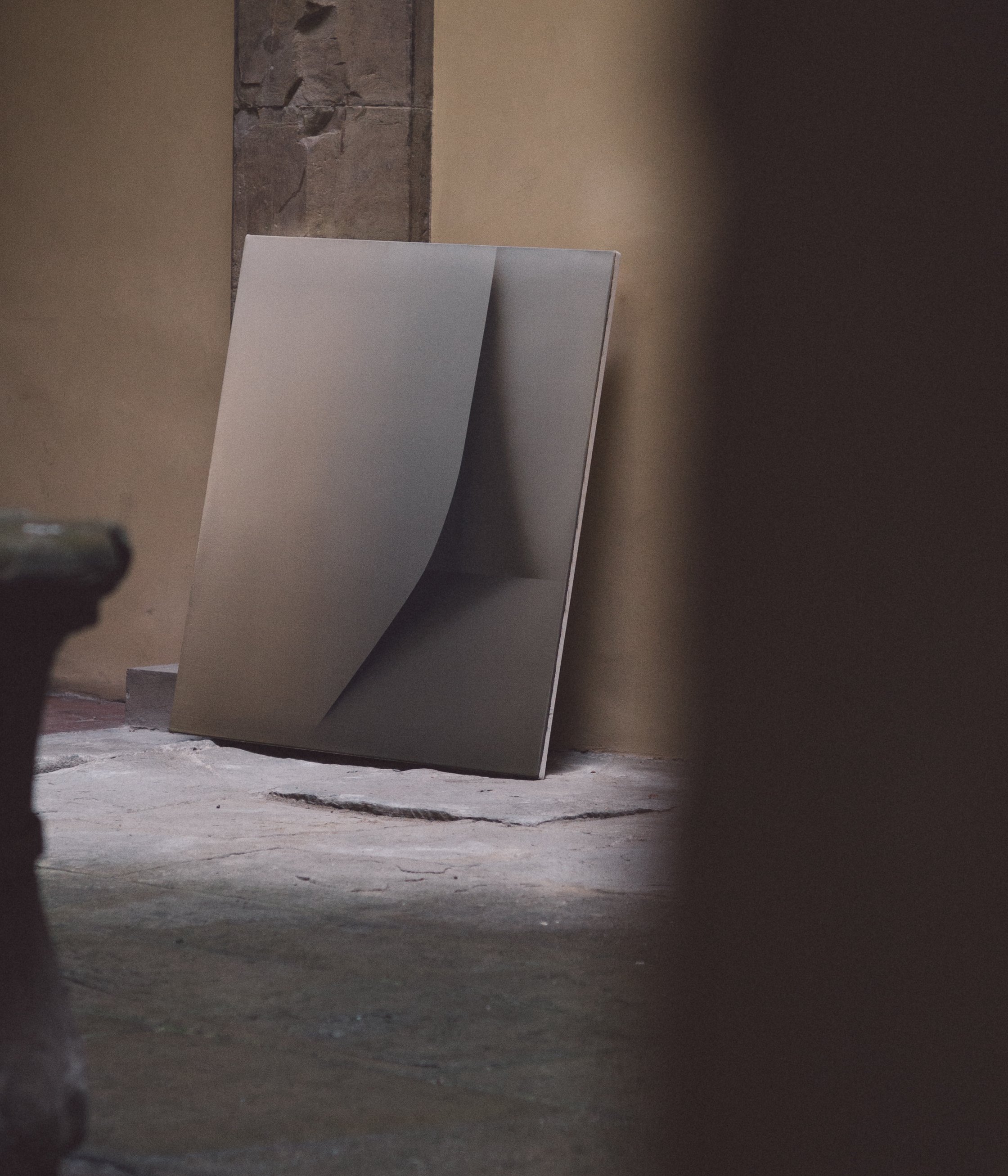
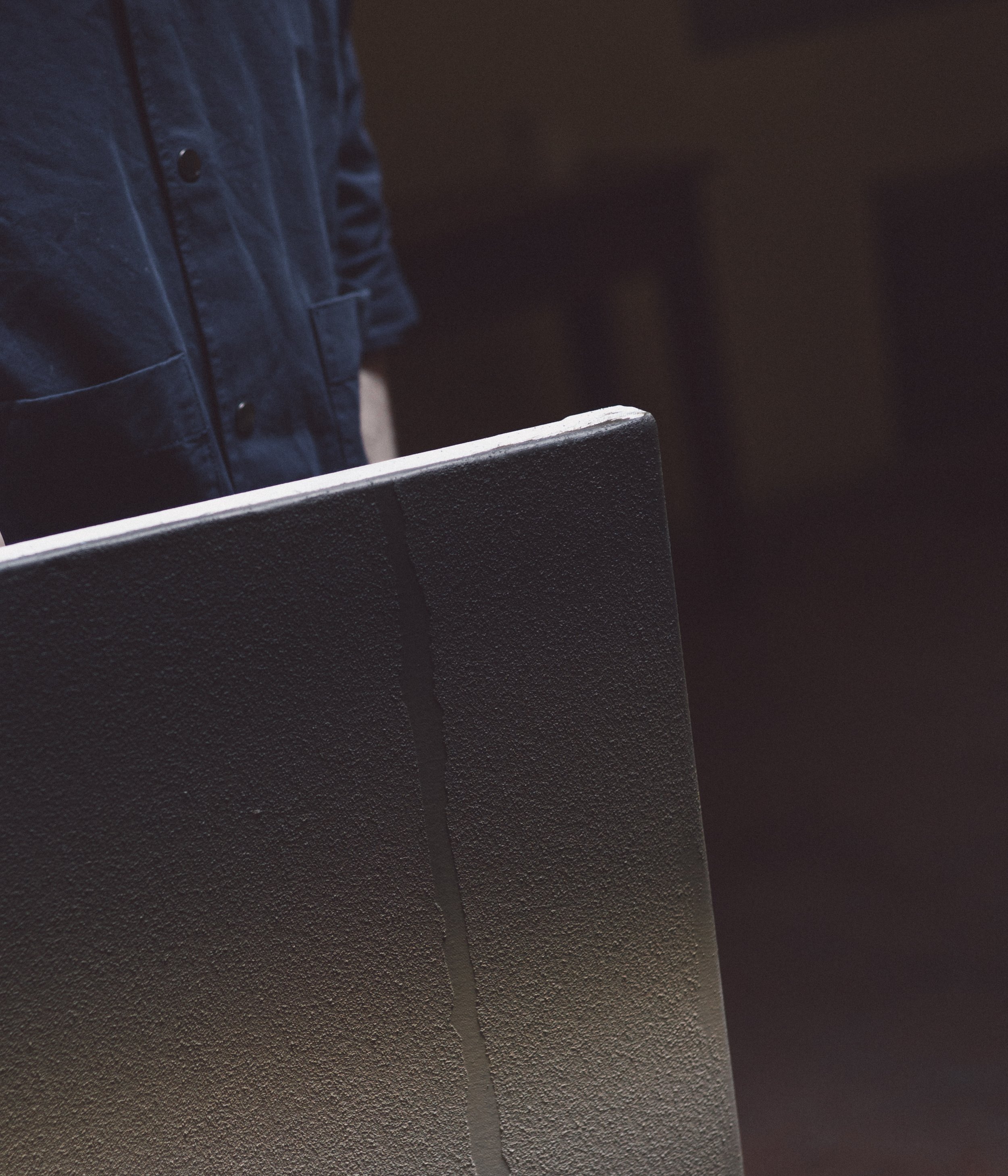
What is an artist’s role in society and how do you see that evolving?
“I believe art should be responsible mainly for the aesthetics of our surroundings. The current switch of many artists and institutions to political and social issues is not interesting for me - not to say that politics and sociology isn’t important, but I prefer to read or hear about it from professionals. I think we underestimate aesthetics and its value for all of us. We can clearly see a big drop of general beauty in architecture, design and many other aspects of our daily lives. I believe modern artists, curators and institutions are partly responsible for this situation.”
Have you had any noteworthy exhibitions you'd like to share?
My solo show at Contemporary art center in Warsaw was my first major abstract art show. You can see more here.
My last show in London can be seen here.
Website: tycjanknut.myportfolio.com
Instagram: @tycjanknut




